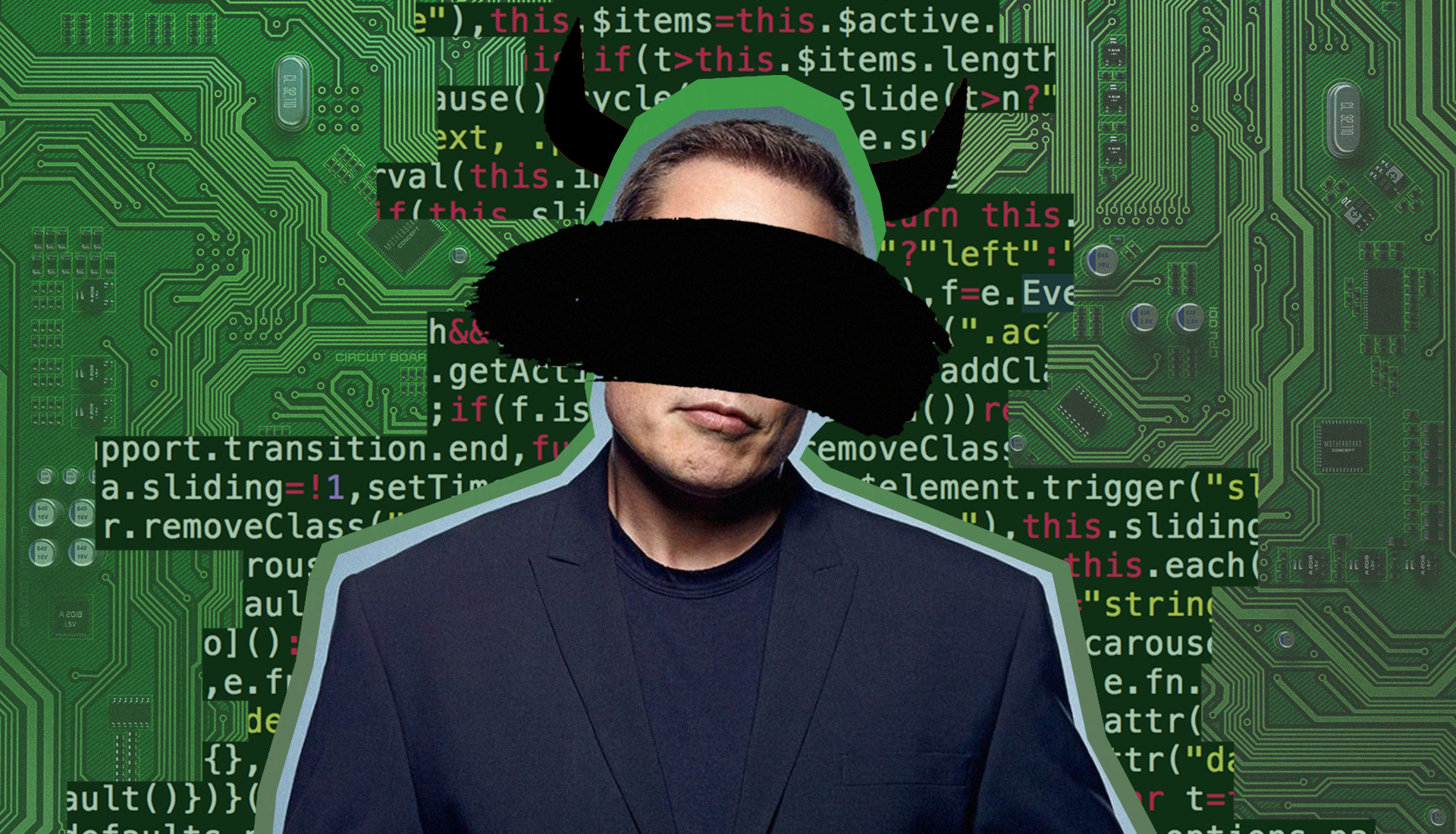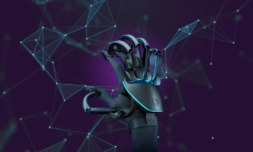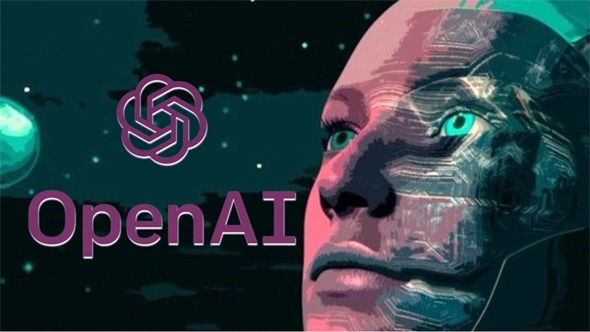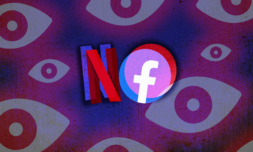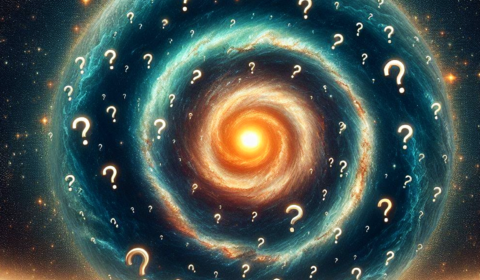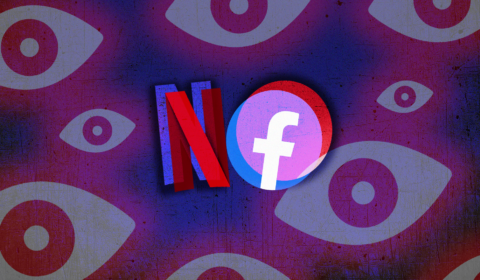Why isn’t anyone talking about how dark the output of OpenAI’s new text generating bot is?
The world has had almost a month to play with the text-generating AI system developed by the Elon Musk affiliated research lab, OpenAI. And play we have.
The tech, which was ostensibly created by the lab to further the capabilities of Artificial General Intelligence, designs natural language texts based on human input – it generates words, builds sentences, and follows language patterns. Feed it a fake headline, for example, and it will write a news story; give it the first line of a poem and it’ll supply a whole verse.
Here it is having been supplied the first two lines of T.S. Eliot’s The Waste Land (human input in bold):
April is the cruellest month, breeding
Lilacs out of the dead land, mixing the hearts of
Children as the spring of the cycle began.
All my life I have built a fortress in my heart,
For the underworld, for the ancestral shrine.
In the dream I have wrested forth the deepest secrets,
Of the fabled realms, of the sinister castles.
And I would to know the gnosis of my kind,
And if I could remain with you forever,
Once again there are nights that are long and terrifying
Essentially, it attempts to render its output indistinguishable from text written by a human. Albeit, a very disturbed human who lives in a log cabin and moves about by candlelight (but we’ll get to that later).
GPT-2 – because all good robots need names – has been kicking about OpenAI’s office for a while now. The company announced its existence in February and, whilst the model seemed promising, it was met with some resistance. Human rights groups in particular flagged concerns over the tech’s potential to become a generator of extremist propaganda. Why write white supremacist recruitment spam on 8chan when your own version of Wall-E can do it for you?
OpenAI responded to this outcry, stating that it wouldn’t be available to the public due to ‘concerns about malicious applications of the technology’. This didn’t last long, though.
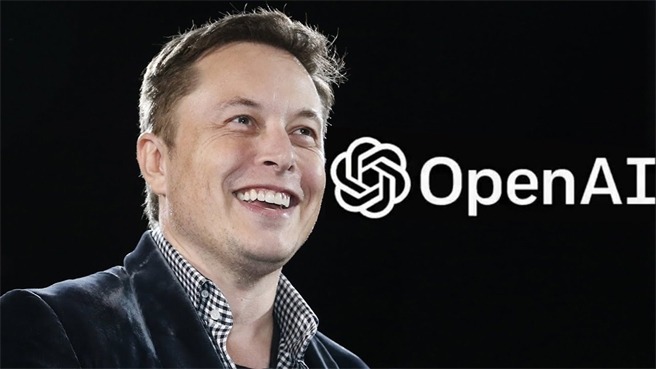

Instead of releasing the fully trained model at the beginning of the year, it released a smaller version in intervals. Then in early November, OpenAI went ahead and published the whole thing online anyways because why the hell not. Or, rather, because, as it says, it’s ‘seen no strong evidence of misuse so far’.
The fact that the ‘so far’ in the previous quote echoes with a sort of threatening malice (imagine it being cackled by Mr Burns in a swivel chair during a Simpsons Halloween special) is actually quite poignant in light of the results many users have been getting after using GPT-2. Not only is the output of the model eerily cogent, it’s also frequently eerie in general.
Check out a few of the results I got this morning after submitting completely innocent prompts:
As soon as she entered the room she knew that it was occupied, and by whom. The exterior wall was full of the same rough shapes and familiar dark wood as before, only now Elliot was the same age, good posture, and stood with his chin tucked up into his chest, a sickly yellow-green air of ill health and loneliness resonating out from his pale, faraway features. Part of the Wall had been flipped over…
Emma knew that this was happiest it was possible to feel.
“We’ve given him another chance,” said her father. “He is our kid. We’ve spent some money so it’s just like our kid again.”
David would come to school before his day shift and often pick up his daughter from work.
For a time they would just talk and laugh. And then, on the evening of Oct. 26, 2012, David called.
“There’s something wrong with the house,” he said. “There’s just nothing wrong with the house…









